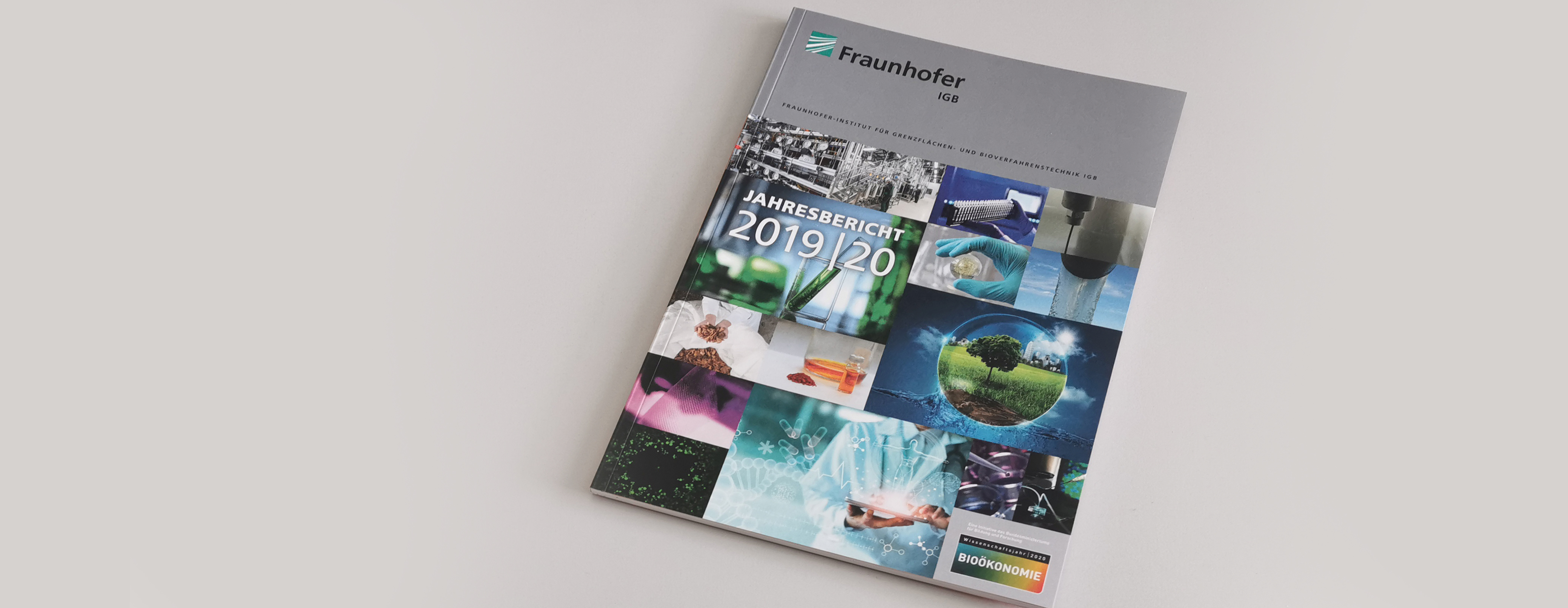We combine biology and engineering
Society currently faces major challenges – not least of which are escalating population growth, our wasteful, unsustainable use of global resources, an increase in so-called lifestyle diseases, and changes to our climate and environment that can no longer be ignored.
We need new approaches to such challenges – approaches that spring from a convergence of previously separate disciplines and seek to provide interdisciplinary answers. Examples can already be found in concepts such as the bioeconomy, circular economy, sustainability, digitalization, personalized medicine, and decentralized manufacturing.
Process engineering roots and biological competencies
Fraunhofer IGB seeks to take on a leading role in the elaboration and implementation of such approaches and, together with our partners, develop the innovative solutions that will help society conquer the challenges it faces. To achieve this, we will continue to build upon our deep-rooted experience in process engineering and on our unique ability, developed over many years, to combine this experience with our expertise in biology – a combination that is truly one of our defining characteristics.
In the course of last year’s reorganization of Fraunhofer IGB, we therefore deliberately realigned our activities on the basis of our new vision: “We combine biology and engineering.” This marks the continuation of more than 60 years of successful work in research, development and implementation of new concepts at the “interface” of these various disciplines.
A new focus
Our fund of expertise at Fraunhofer IGB has grown and developed over time. We have now refocused this know-how on three topics of global importance that are reflected in our business areas: Health, Environment, and Sustainable Chemistry. In this, we were guided by our mission statement: “With our applied and customer-focused research, we develop biotechnological processes for resource-friendly production within a sustainable economy and technologies that are designed to maintain human health within a healthy environment – in short: we develop sustainable technologies for human health and the health of our planet.”
Innovative research in new organisational units
To this end, we have designated so-called innovation fields that straddle our business areas and our sites. This means we can push ahead with innovative ideas and the projects they spawn not only faster but also more efficiently. What defines these new innovation fields is their depth of focus, the expertise of the people who work in them, and their business potential.
 Fraunhofer Institute for Interfacial Engineering and Biotechnology IGB
Fraunhofer Institute for Interfacial Engineering and Biotechnology IGB